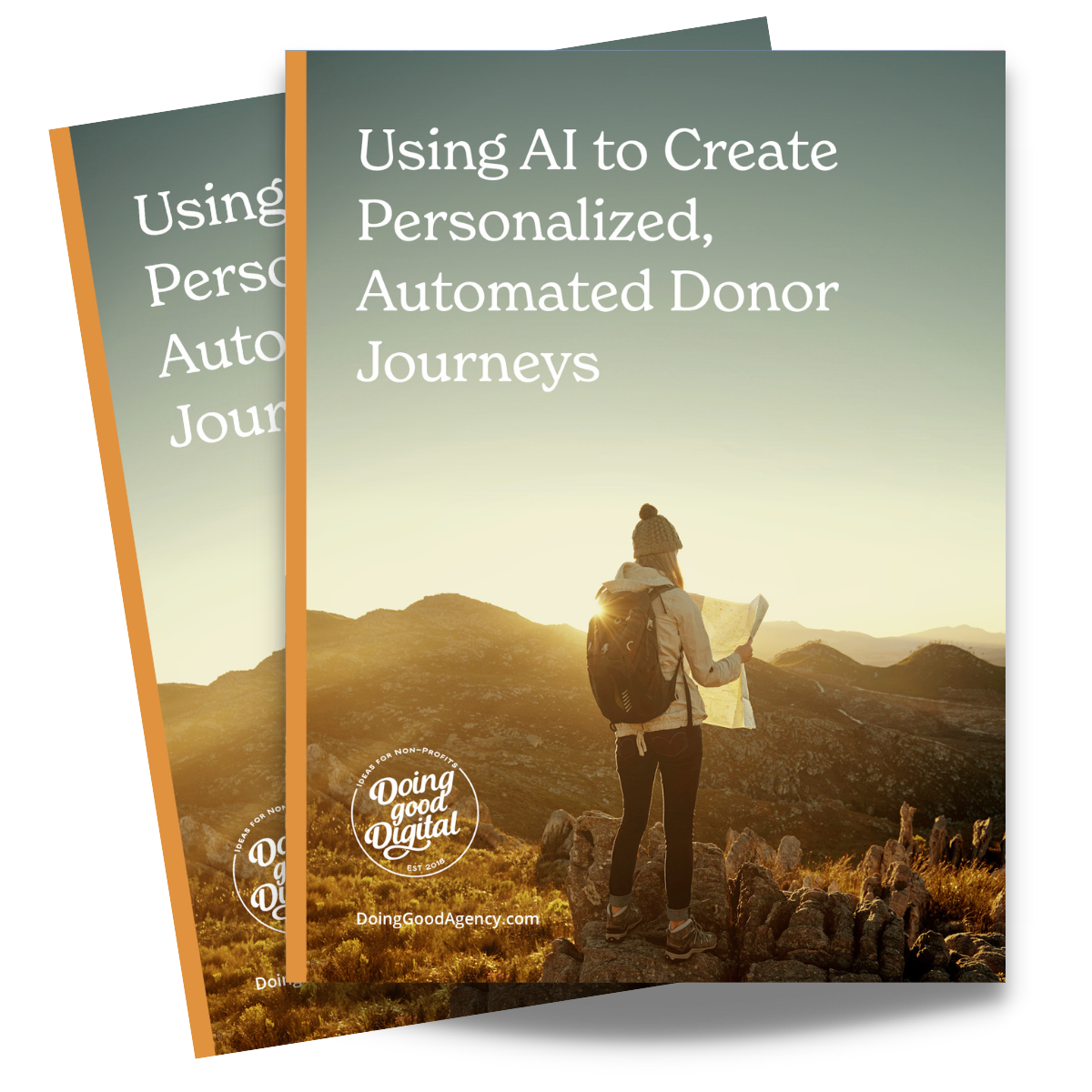Why You Should Install a Facebook Pixel on your Website
![]()
Do you have a Facebook pixel installed on your nonprofit website? Have you thought about installing one, but you aren’t really sure what it’s for? A Facebook pixel is definitely something to consider for your 2020 digital fundraising strategy. Here’s how to get started and why you would want this piece of code on your site:
Create the Facebook Pixel + Install the Code
Go to your Facebook page and generate a Facebook pixel. This is a piece of code that will be used for tracking purposes and will be installed on your main website. Have your web developer install this code for you on the site. You can choose where to put it. Perhaps it goes on your homepage so you can target any traffic that comes to your site. Another option would be to have it trigger when someone visits your blog or ways to help page.
Update Your Privacy Policy + Cookie Disclaimer
Since you have a tracking cookie on your site, do connect with your legal team and make sure you have the right pop-up disclaimer with the right language on the homepage of your site. You will need to inform users that you track traffic on the site and they will be retargeted for marketing purposes if they hit accept.
The policy is also different in California. So make sure your disclaimer can also detect if the traffic is coming from California and have a variation of that policy to meet the rules of that state.
Create a Custom Audience Based on Your Pixel
Let’s say you have a peer-to-peer fundraising event coming up and you want to target ads on Facebook to your supporters who may not necessarily be on your email list. You’ll want to create a custom audience to target anyone who has interacted with your Facebook pixel (meaning – has come to your website) in the last 90 days.
Create a Lookalike Audience
Once you’ve created this audience based on the traffic captured by your Facebook pixel, you’ll want to create a lookalike audience (usually up to 1% of the population) based on the initial audience. Don’t forget to go in after and adjust the location of who your Facebook ad should be targeting.
The lookalike audience is usually created based on the entire country. You’re going to want to narrow your focus down and pick people who live in your city where the event is happening +25 mile radius.
Create Your Facebook Ad + Start Targeting
Once you have these audiences in place, you can start creating your Facebook ad and you’ll have a targeted audience ready to go. Users who have already come to your website and checked you out is a warm lead with a higher likelihood of converting and signing up for your event.
Create UTM Links + Start Tracking
Want to take your tracking further? Use Google Tag Manager, create UTM tracking links so you can see if your audience is converting into an actual sign-up or donation. Take the link, shrink it down with bit.ly and use it in your Facebook ad. Tweak your ad copy, imagery and audiences as necessary!
Have questions on how to create and install a Facebook pixel on your nonprofit website? Need someone to do all of the above for you? Drop us a message via our contact page and let us know how we can help you recruit and engage your audience for your next event or campaign.





